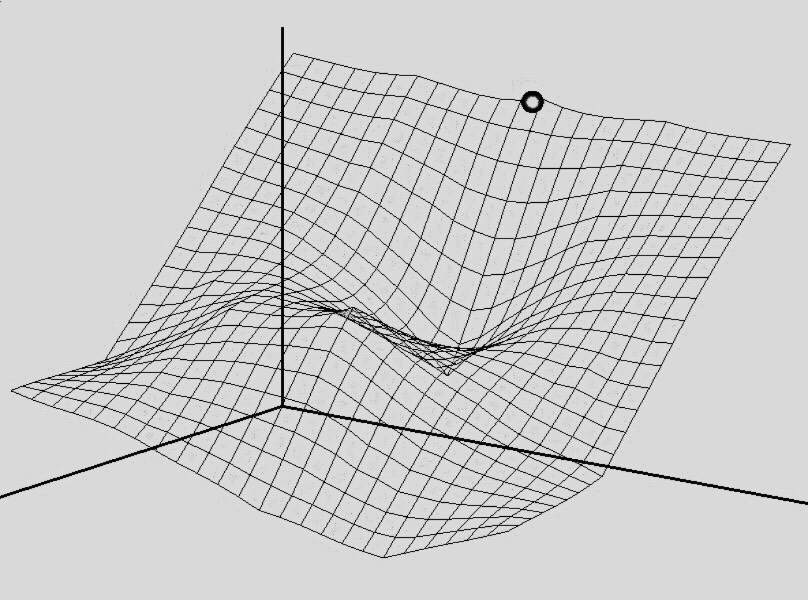Svetlana N. Losa, Stephanie Dutkiewicz, Martin Losch, Julia Oelker, Mariana A. Soppa, Scarlett Trimborn, Hongyan Xi, and Astrid Bracher (2019), On modeling the Southern Ocean Phytoplankton Functional Types, Biogeosciences Discussions, doi: 10.5194/bg-2019-289
Get the PDF [Requires login]







